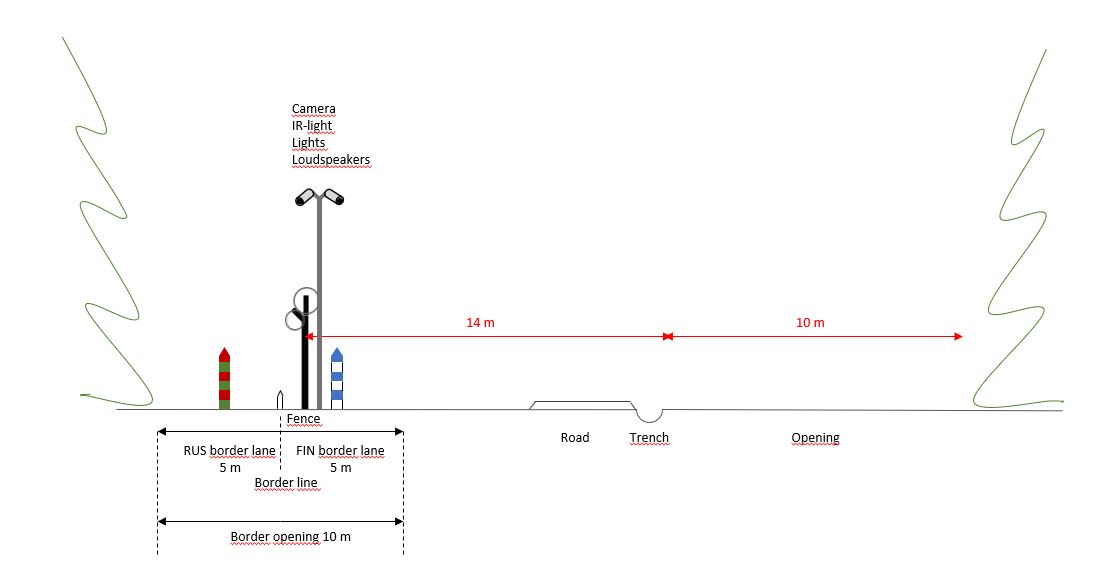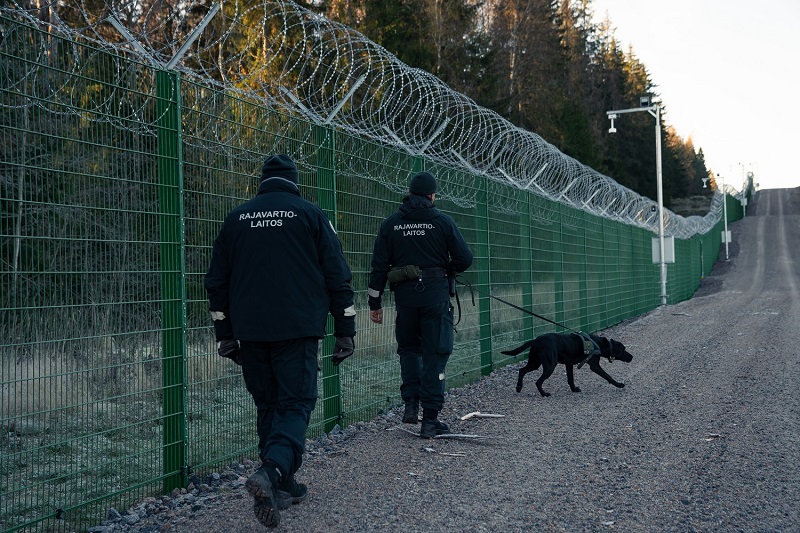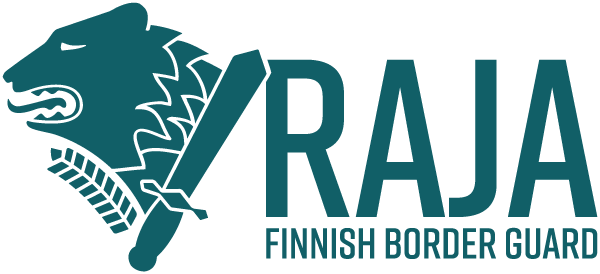Finland must have an independent and credible capacity to maintain a good border security level. The eastern border barrier fence that is to be built is an important part of this capacity. The barrier fence will improve the efficiency of our border surveillance here and now. It will support the management of disruptions at the border in a significant manner. In practice, a physical barrier fence is necessary in situations where illegal migration is instrumentalised or extensive. The barrier fence will also reduce Finland's dependence on the effectiveness of Russian border control.
Eastern border barrier fence project proceeds
The border fence project proceeds as planned in its tights schedule and within its €362 million budget. Construction of the border fence, the roads and the technical surveillance are underway in full capacity in all the target areas, from the eastern Gulf of Finland to Virtaniemi in Inari. The approximately 1 000 landowners in the project area have been heard, and they have been served the construction decisions, by which the right to use the fence area is redeemed. Trees were removed from the entire border fence area before the construction started.
So far, approximately 139 kilometres of border fence has been completed. The first 12 target areas were received and introduced for the use of the Finnish Border Guard. Maintenance plans for the target areas have been prepared and they will be updated. The first redemption meetings in order to define landowner compensations have started.
The project employs more than 550 people, of which approximately 450 work at construction sites or with the material suppliers. Security clearance vetting has been carried out for more than 2 000 people.
According to current plans, the fence will be built for a distance of approximately 200 kilometres along our 1,300-kilometer-long eastern border. The aim is to complete the entire border fence by the end of 2026, while the majority of target areas will be finished before the summer. The majority of the fence will be located at the south-east border, which is a priority area for border surveillance. It would not be a sensible option to build a fence that extends along the entire length of the border.

The barrier consists of a fence, the adjacent road, a deforested opening and a technical surveillance system, and will become an important tool for border surveillance. Not even this system is a solution to any threat on its own, but a part of overall border surveillance. The fence will give the Finnish Border Guard more time to react and facilitates the management of disruptions in a decisive way by detecting, preventing, slowing down and guiding people's movement at the border. In addition, the road that will be built next to the fence will enable the Finnish Border Guard to react considerably faster to events on the national border. Other means of enhancing border surveillance, such as increasing staff and technical surveillance in border regions, would be neither cheaper nor faster solutions than the fence. The life cycle of the fence is about 50 years, but the technical surveillance system must be renewed approximately every ten years.
The wire netting will be half a metre higher (3.5 metres) and denser than originally planned, in order to promote the barrier’s effect. The attachments and constructions of the fence, the gates and the cylindrical obstructions have been improved. Furthermore, the installation of ponton roads that are built on wetlands have been changed. The fence will be built on the border opening close to the border line. The technical monitoring solutions are further improved.
An environmental impact assessment was compiled of the fence project. On the basis of the said report, the South-East Finland Centre for Economic Development, Transport and the Environment decided that the environmental impact assessment, in accordance with the Act on the Environmental Impact Assessment Procedure (252/2017), will not be applied to the eastern border fence. The significant environmental impacts identified in the report will be considered in the fence project so that the impacts can be brought to an acceptable level. In addition to experiences in service, the behaviour of animals at the fence is examined.
In March 2025, the Parliament approved the Government Proposal for amending of the Border Guard Act, and the amendment came into effect on 1 May 2025. With the amendment to the Act, the questions concerning compensation in relation to the Eastern Border Fence project are determined by the National Land Survey, in accordance with the Act on the Redemption of Immoveable Property and Special Rights 603/1977. The aim is to utilise the extensive competence and experience concerning landowner compensations. The land ownership remains the same after the Finnish Border Guard has been granted the right to use the fence area.

By approving all cookies, you enable the embedded video on the page. You can also see it on YouTube: Construction of the pilot of the eastern border barrier fence.
The page is also available in Skolt Sámi and Northern Sámi.

